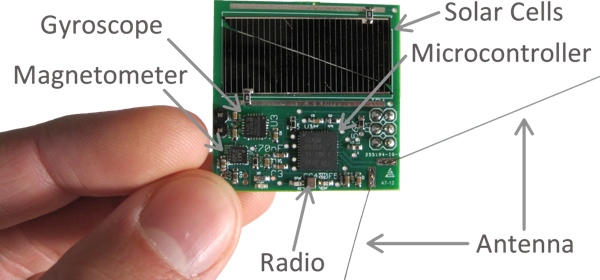I have implemented an FPGA DDC (digital downconverter) in Maia SDR. Intuitively speaking, a DDC is used to select a slice of the input spectrum. It works by using an NCO and mixer to move to the centre of the slice to baseband, and then applying low-pass filtering and decimation to reduce the sample rate as desired (according to the bandwidth of the slice that is selected).
At the moment, the output of the Maia SDR DDC can be used as input for the waterfall display (which uses a spectrometer that runs in the FPGA) and the IQ recorder. Using the DDC allows reaching sample rates below 2083.333 ksps, which is the minimum sample rate that can be used with the AD936x RFIC in the ADALM Pluto (at least according to the ad9361 Linux kernel module). Therefore, the DDC is useful to monitor or record narrowband signals. For instance, using a sample rate of 48 ksps, the 400 MiB RAM buffer used by the IQ recorder can be used to make a recording as long as 36 minutes in 16-bit integer mode, or 48 minutes in 12-bit integer mode. With such a sample rate, the 4096-point FFT used in the waterfall has a resolution of 11.7 Hz.
In the future, the DDC will be used by receivers implemented on the FPGA, both for analogue voice signals (SSB, AM, FM), and for digital signals. Additionally, I also have plans to allow streaming the DDC IQ output over the network, so that Maia SDR can be used with an SDR application running on a host computer. It is possible to fit several DDCs in the Pluto FPGA, so this would allow tuning independently several receivers within the same window of 61.44 MHz of spectrum. In the rest of this post I describe some technical details of the DDC.
